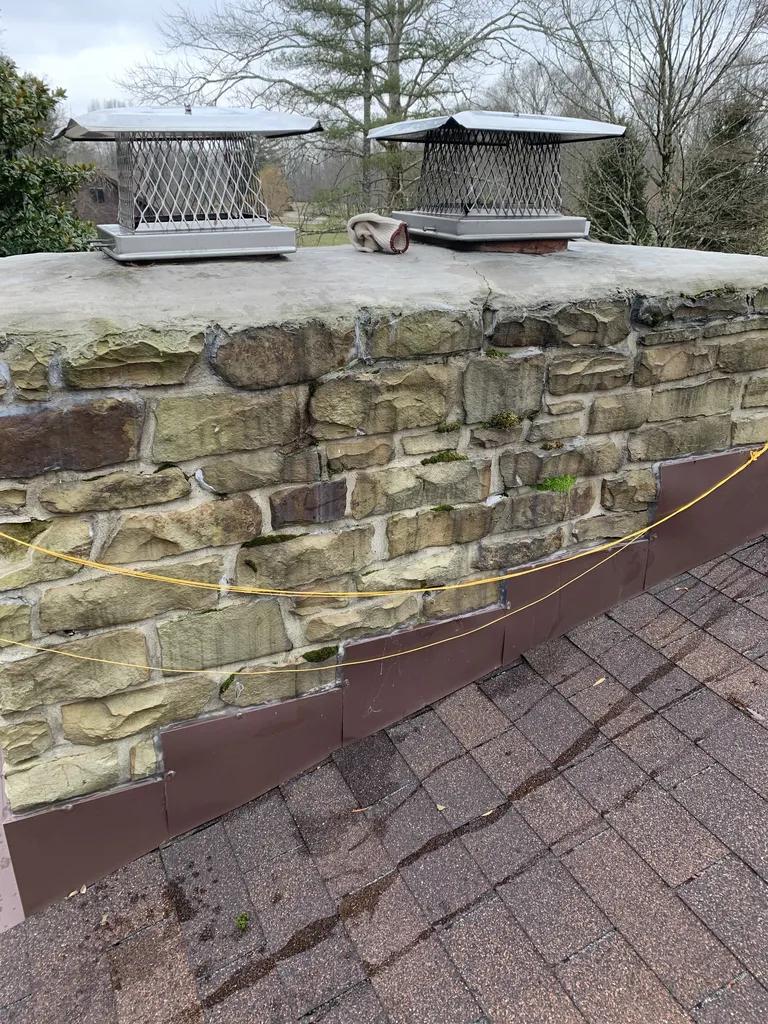Water in chimney is a common and potentially damaging issue that homeowners may encounter. Ignoring this problem can lead to costly repairs and even pose a safety hazard. In this article, we will discuss how to identify the presence of water in your chimney and provide preventative measures to avoid future water damage. By understanding the signs and taking necessary precautions, you can protect your chimney and home from the detrimental effects of water infiltration.
Table of Contents
- Common Causes of Water in Chimney
- Signs of Water Damage in Chimney
- Preventative Measures to Keep Water Out
- Professional Chimney Inspection and Repair Services
- Q&A
- To Wrap It Up

Common Causes of Water in Chimney
Water in a chimney can lead to serious issues if not addressed promptly. Identifying the common causes of water intrusion is crucial in preventing damage to your chimney and home. One common cause is a damaged chimney cap or crown, allowing rainwater to seep in. Additionally, cracked or deteriorating mortar joints can also be a culprit, letting water penetrate the chimney structure.
To prevent water in chimney issues, regular inspections and maintenance are essential. Installing a chimney cap or repairing any damaged caps can help keep water out. Furthermore, sealing any mortar joints that show signs of wear and tear can also prevent water intrusion. Remember, addressing these common causes early on can save you from costly repairs down the road.

Signs of Water Damage in Chimney
Water damage in chimneys can cause serious issues if left unchecked. There are several signs you can look for to identify water damage in your chimney:
- Efflorescence: White stains or powdery residue on the bricks or masonry can indicate water leakage.
- Rust: If you notice rust on the damper or other metal components in the chimney, it could be a sign of water infiltration.
- Deteriorating mortar: Crumbling or deteriorating mortar between bricks is a common sign of water damage.
Preventing water damage in your chimney is crucial to maintaining its structural integrity. Installing a chimney cap can help keep out water while still allowing for proper ventilation. Regularly inspecting your chimney for any signs of damage and addressing them promptly can also help prevent water infiltration. Lastly, making sure your chimney is properly sealed and waterproofed can go a long way in protecting it from water damage in the long run.

Preventative Measures to Keep Water Out
One common source of water intrusion in a chimney is a damaged chimney crown. The chimney crown is a concrete slab that sits at the top of the chimney and prevents water from seeping into the masonry. Over time, the chimney crown can crack and deteriorate, allowing water to enter the chimney structure. To prevent water from entering through a damaged chimney crown, it’s important to inspect the crown regularly and repair any cracks or deterioration promptly.
Another common issue that can lead to water in the chimney is a damaged chimney flashing. Chimney flashing is a metal barrier that is installed where the chimney meets the roof to prevent water from entering the structure. If the flashing is damaged or improperly installed, water can seep into the chimney and cause damage. To prevent water intrusion from damaged chimney flashing, it’s important to inspect the flashing regularly and ensure that it is properly sealed and in good condition.

Professional Chimney Inspection and Repair Services
Water in your chimney can lead to serious issues if not addressed promptly. It can cause damage to the chimney structure, create mold and mildew problems, and even lead to chimney fires. To prevent water from entering your chimney, it is crucial to have regular inspections and repairs done by professional chimney experts.
During a professional chimney inspection, the experts will identify any potential areas where water could be entering the chimney. This could include cracks in the chimney crown, damaged chimney liners, or missing mortar joints. With proper repairs and maintenance, these issues can be addressed to prevent water from infiltrating your chimney and causing costly damage. Remember, a small investment in chimney inspection and repair services now can save you from major headaches and expenses in the future.
Q&A
Q: What are some common signs of water in a chimney?
A: Some common signs of water in a chimney include musty odors, rusting metal components, water stains on the walls or ceiling near the fireplace, and dampness in the fireplace itself.
Q: How does water get into a chimney in the first place?
A: Water can enter a chimney through a variety of means, including through deteriorated mortar joints, cracked chimney caps, damaged flashing, or even through the chimney itself if it lacks a proper liner.
Q: What are the potential dangers of water in a chimney?
A: Water in a chimney can cause a range of problems, including deterioration of the chimney structure, rusting of metal components, mold growth, and even chimney fires due to the combination of water and creosote.
Q: How can homeowners prevent water from entering their chimney?
A: Homeowners can prevent water from entering their chimney by ensuring that their chimney cap is in good condition, repairing any damaged flashing, installing a chimney liner if needed, and regularly inspecting and maintaining their chimney.
Q: Is it important to address water in a chimney promptly?
A: Yes, it is crucial to address water in a chimney promptly to prevent further damage to the chimney structure and to maintain the safety and efficiency of the fireplace. Ignoring water issues can lead to costly repairs and potentially dangerous situations.
To Wrap It Up
In conclusion, proper maintenance and vigilance are key factors in identifying and preventing water in chimneys. By regularly inspecting and cleaning your chimney, as well as addressing any issues promptly, you can ensure that water intrusion does not cause damages to your home and property. Remember to consult with a professional chimney sweep or contractor if you are unsure of how to address potential issues. By taking these steps, you can protect your chimney and enjoy a safe and functional fireplace for years to come. Thank you for reading and stay informed on how to keep your chimney in optimal condition.


